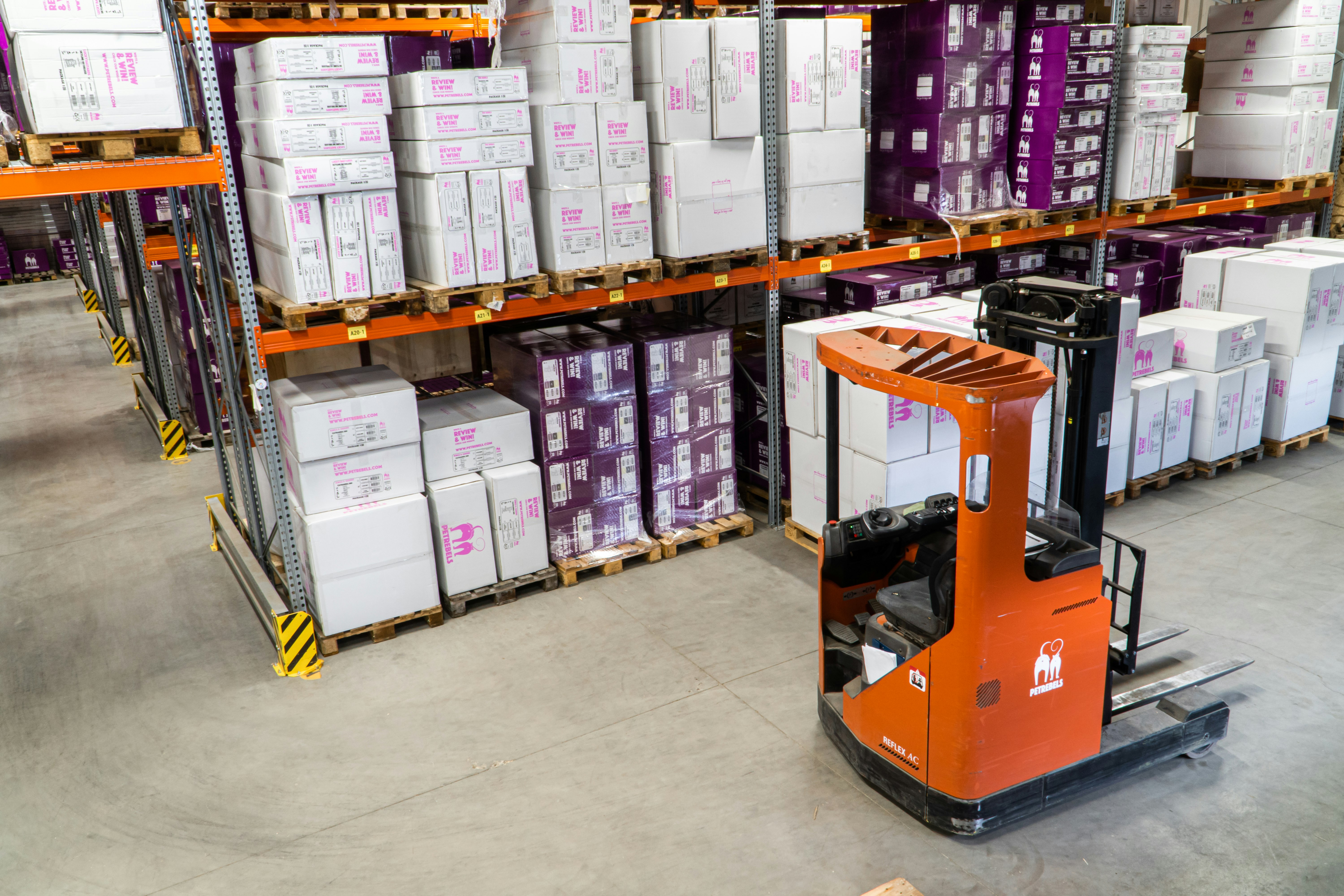Picking an email system like gmail or even Yahoo mail is an obvious choice because of the nature of email - the content moves from one computer to another over the Internet. When online connections were more temporary, expensive, and less reliable it made sense to use a local application like Microsoft Outlook to handle the sending and receiving of the mail as well as editing the messages. But those limitations are long gone for most of us.
Simply downloading the interface at the same time as the message works surprisingly well, and the software we use is updated as frequently as needed to add features, remove bugs, and generally make our experience better - without requiring us to do anything about the software itself other than to use it.
The concept of perpetual updates is moving beyond applications too. Microsoft recently gave hints about moving its Windows operating system to a service model. That’s surprising news for many because Windows continues to be a significant source of revenue. Of course that move doesn’t necessarily mean Windows will be free. But it does indicate a transition in thinking.
Microsoft isn’t the only company looking at changes in its software delivery model. Adobe changed its software licensing model to a subscription rather than a perpetual license a year or so ago. While it’s still necessary to download and install the software like Photoshop on a local computer, users don’t ‘own’ the software. Rather they have a license to use the software for as long as they pay the monthly license fee. Adobe’s next move is likely to offer applications like this as cloud based services that forego the need to be installed on computers, and are simply accessed through online connections just like Google’s gmail. This change is only possible because of the availability of highly optimized centralized cloud-based computer systems that can handle the processing loads of advanced graphics processing programs like Photoshop.
How does this relate to the supply chain? All these changes indicate a shift toward cloud-based highly connected systems that don’t rely on local software. Companies that already use these systems have access to constantly updated software and the data they process. Transactions are processed and available to trading partners immediately, and visibility into the status of orders is delivered simply as part of the overall service.
As cloud-based systems continue to evolve and take on more processor and communication intense tasks, the need for employees to be located in any particular place working on a specific computer will evaporate. For many companies this reality is already delivering higher productivity and lower expenses.
What’s your experience with cloud-based systems so far?




















 If you haven’t noticed yet, there’s less actual software installed on local computers and more being accessed through online connections to remote computers, or at least to remote storage systems. This transition makes a lot of sense for a lot of reasons and those of us in the supply chain are likely to be prime beneficiaries of the trend.
If you haven’t noticed yet, there’s less actual software installed on local computers and more being accessed through online connections to remote computers, or at least to remote storage systems. This transition makes a lot of sense for a lot of reasons and those of us in the supply chain are likely to be prime beneficiaries of the trend.